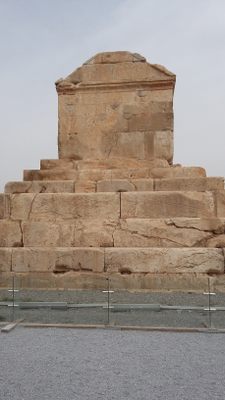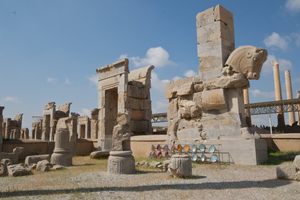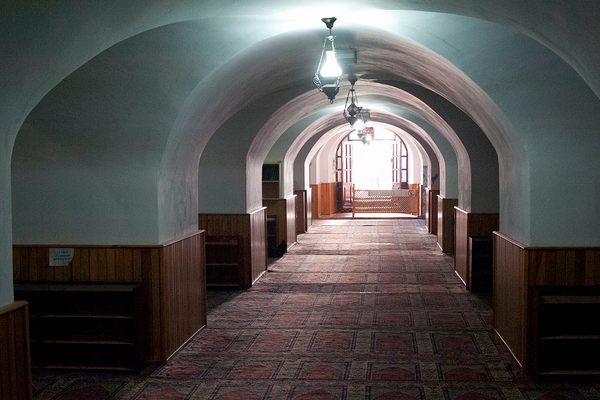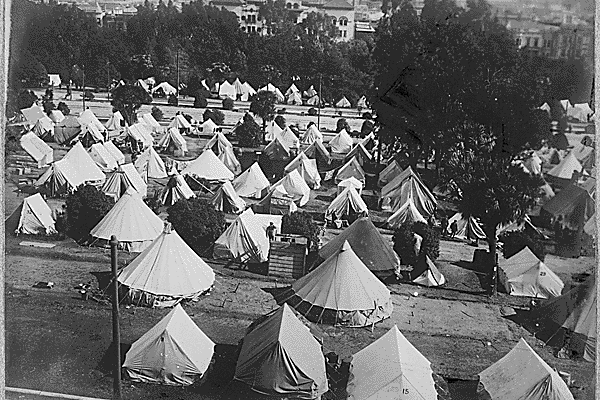About
This ancient burial site is said to hold the body of Cyrus the Great, founder of the Persian empire, noted human rights (comparatively) pioneer, and posthumous occupant of one of the world's first earthquake resistant buildings.
Cyrus the Great was a ruler during the 4th century BCE who created the first Persian empire, welcoming in anyone from the civilized ancient Near East, including sects of Judaism. His reign lasted only 30 years, but by the time his string of conquered territories was finished, he had created the largest empire the world had ever seen to that point. He is also noted as having created the first writings regarding human rights.
The Tomb of Cyrus in Iran was first rediscovered by Alexander the Great during his campaign across the Middle East. When Alexander arrived at the site it was said to have contained a golden bed, coffin, dinner setting, and a number of bejeweled items. There was also reportedly an inscription saying that it was in fact Cyrus who was buried at the site, although this evidence has never been found or verified. Despite the lack of evidence to verify that Cyrus is buried in the tomb, it is largely believed to be the case.
The burial building sits atop a series of stacked platforms that, the original builders intended it or not (unlikely), is now considered to be the world's first base-isolated building protected from earthquakes. Base isolating is a form of seismic protection that allows the main structures of buildings to move independent of their foundations, allowing for more give in the case of an earthquake. Miraculously for its age, the Tomb of Cyrus appears to display these properties.
Related Tags
Community Contributors
Added By
Published
September 23, 2014





































